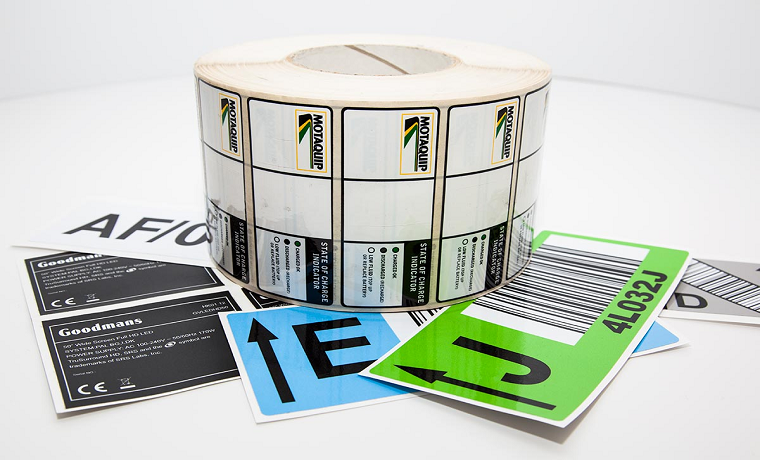The latest report delivered by Global Laminated Labels highlights the extent of growth that is forecast within the laminated label sectorup until 2023. The industry was assessed as being worth $36.83m in 2017, but is expected to achieve market returns of $58.50m over the next five years, with a compound annual growth rate of just over 8%. Significant driving factors behind this positive outlook are largely down to the increasing reliance on packaged to-go food, as well as manufacturers understanding more about how to use labelling as a persuasive marketing tool.
Labelling Trends
Consumer awareness in reading labels and believing in the authenticity of both the brand and product has a lot to do with the various trends that make up the industry in 2018. Buyers want to be able to easily extract key information regarding ingredients, pricing and source materials from the printed information, so it is essential that the labels are strong and easy to read.
Labels sold in reels are the most in-demand form of the material, and it is likely that the interest in laminated label reels will be enhanced, particularly when dealing with large quantities of labelling.
Sheet labelling is also extremely popular; these are typically used in a personal or office capacity, perhaps to add to stationery, cupboards, filing cabinets and other belongings.
Laminated Labelling In Industry
Labels that are laminated offer a distinct advantage when used in the food and drink industry. With the rise of fresh food delivery services, as well as home-cooked frozen food being sold in some retail spaces, it is essential that the laminated food labels used on the packaging are waterproof and don’t deteriorate in cold conditions.
At the other end of the scale, for products that are likely to spend a lot of time in direct light, polyester based labels offer excellent chemical and heat resistant properties. The benefit of these is that the quality of the label, including its material as well as coloring, won’t fade quickly. As a result, the UV sunscreen polyester sector is likely to experience growth in both Europe and North America.
Regional Impact
Labelling is used in marketing on a global scale, but the Asia Pacific region is leading the way in terms of market share. As investment in this part of the world grows in pharmaceutical products, consumer durables as well as food & beverages, the result is a 35% market share for Asia Pacific. China and India are enjoying a boost due to increased foreign investments coupled with improved governmental policies.
As far as Europe is concerned, it is the second most dominant region in the laminated labelling industry. Countries including Germany, Italy, Spain, France and the UKare experiencing additional demand for filmic labels.
Technology in the laminated label industry is constantly moving forward, with exciting developments in the area of composition. As recycling becomes more of a priority to ethical companies, innovations such as thinner release liners, and more convenient ways to recycle labellingensure that the industry is evolving at a rapid pace. Who knows what the laminated label landscape will look like in 2023?

